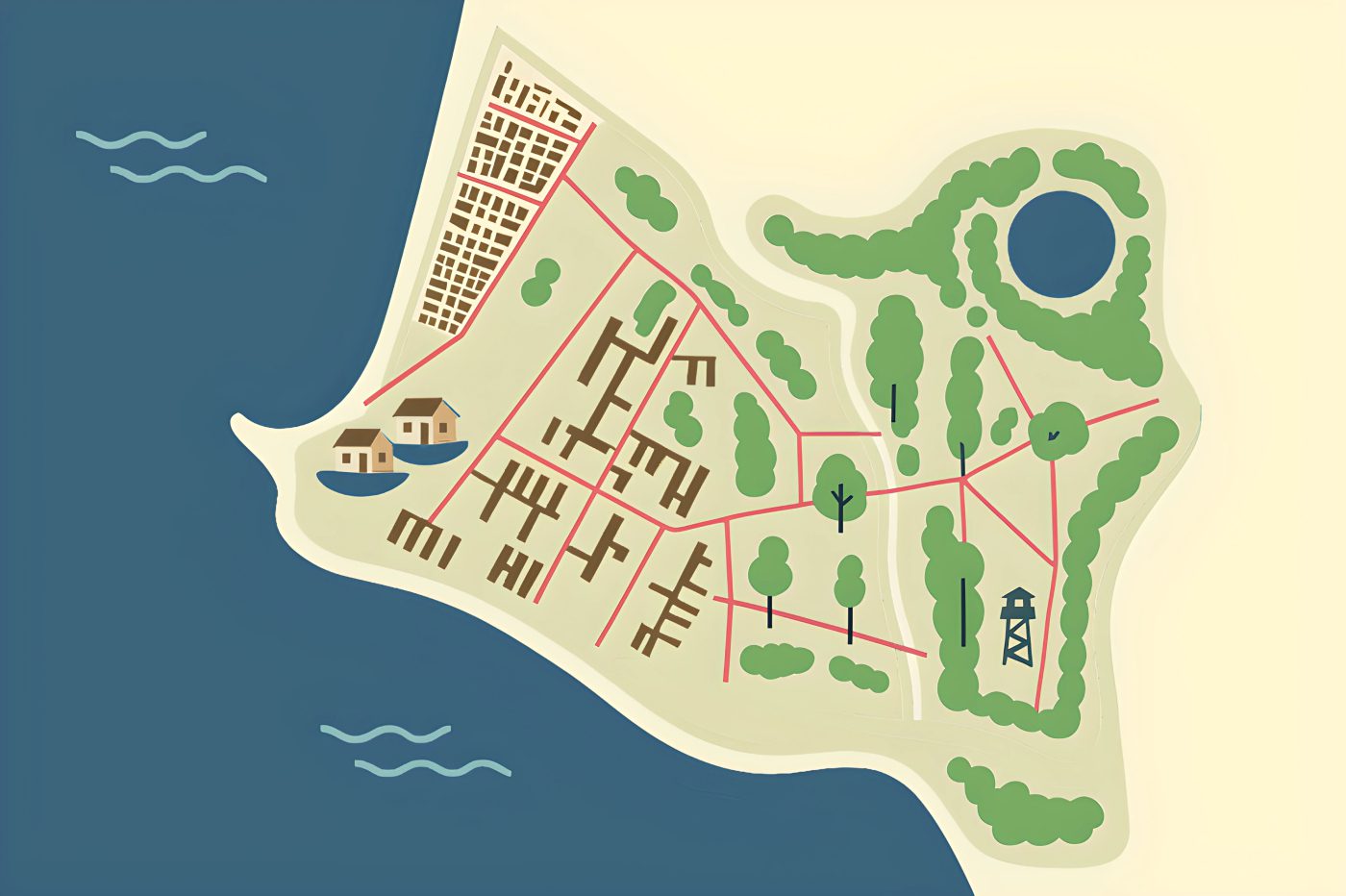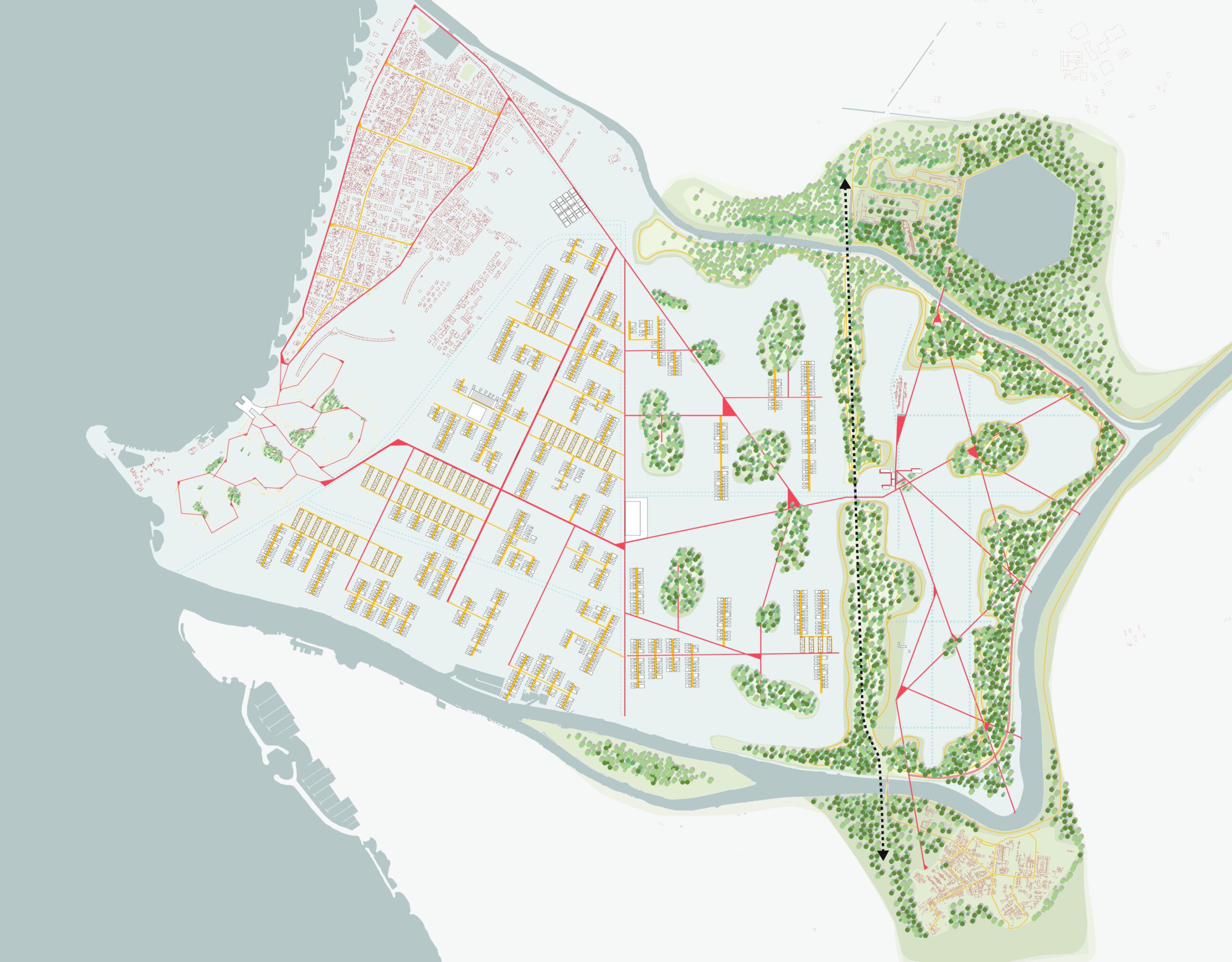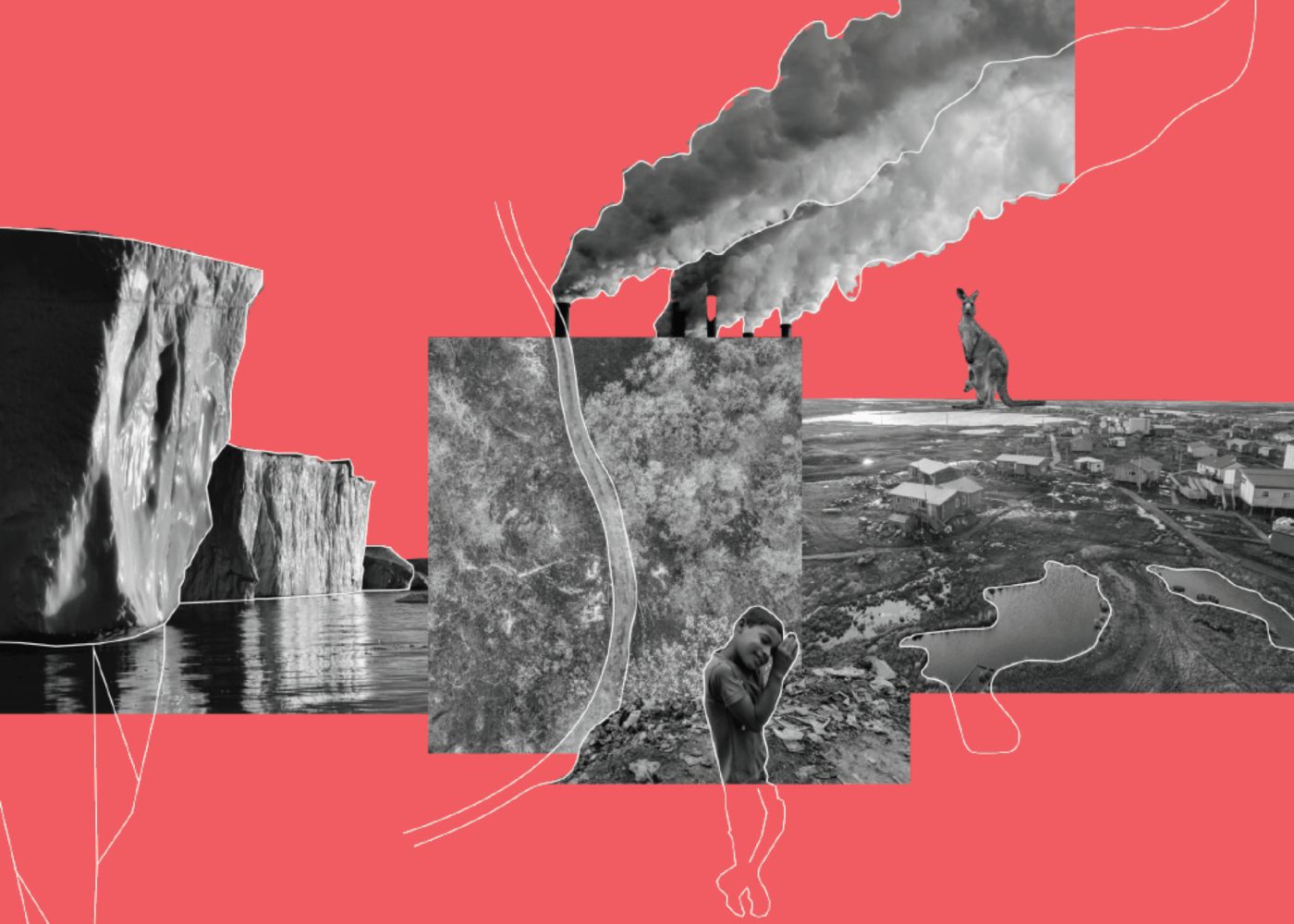Project implementation: Italy
Project development: Italy
Students of the Learning from Abroad 2025 course: Andrea Moscatelli, Carmen Cicia, Chiara Di Cesare, Enrico Maria Corvese Ester Teresa Castillo Anis, Flavia Montegiglio, Francesco Di Gennaro, Gabriele Petrucco, Gianmarco Ottaviani, Hanna Helm, Leonardo Brustolon, Nina Signolet and Valentina Martucci
We are experiencing an unprecedented climate crisis. Despite the 2015 Paris Agreement, the world has failed to reduce its emissions. The year 2023 broke records, and 2024 confirms an even more alarming trend. Climatologists admit their predictions were optimistic: the 1.5°C limit, predicted for 2030, has already been surpassed. The relationship between carbon emissions, rising temperatures, and rising oceans is now indisputable.
In this critical context, the Learning from Abroad course at Roma Tre University proposes an urgent design reflection, recognizing the challenges of this generation of architects, called to work in a scenario of uncertainty and accelerated change. The project L'Architettura Inevitabile confronts the unpredictable: we don't know what the future sea level will be, nor the impact on production chains, infrastructure, and climate migration, with territorial impacts on a planetary scale.
Some cities will have the resources to contain the sea, but not most. It's time to abandon the idea of dominating nature: water is stronger and older than we are. We must learn to live with it and reinterpret territories intelligently.
The students worked on the topic based on a specific case, the Isola Sacra, on the Roman coast. They assumed a 2-meter sea level rise scenario—extreme, but increasingly plausible. Together, they studied the history and characteristics of the site. Then, organized into subgroups, they developed integrated architectural projects, without losing sight of collective decisions. The regional, local, and architectural scales worked together—as they should.
This work presents a collective masterplan composed of five distinct yet closely integrated projects. Each one confronts the water in a unique way: a cultural center that transforms with the tides; a hospital on stilts; floating houses and a school that rise with the water; a sports center that integrates the water as a landscape; and an archaeological complex that incorporates the transformation of the territory into its discourse.
In all of them, time and water are the protagonists.
Finally, one final project remains in the embryonic stage for future reflection: the archaeological park of the future. A denser area of Isola Sacra, which will be overtaken by water and vegetation, will be transformed into a visitable ruin, a monument to our time and the contradictions of territorial occupation.
It's worth remembering: this is a highly complex, short-term project, from the territory to the building. Neither the Masterplan nor the projects are intended to be final. Even without the time, depth, and interdisciplinarity that the topic demands, the students embarked on a painful but urgent challenge. The project by students Andrea Moscatelli, Carmen Cicia, Chiara Di Cesare, Enrico Maria Corvese, Ester Teresa Castillo Anis, Flavia Montegiglio, Francesco Di Gennaro, Gabriele Petrucco, Gianmarco Ottaviani, Hanna Helm, Leonardo Brustolon, Nina Signolet, and Valentina Martucci can be understood in greater detail here: https://acesse.one/tQjaH




